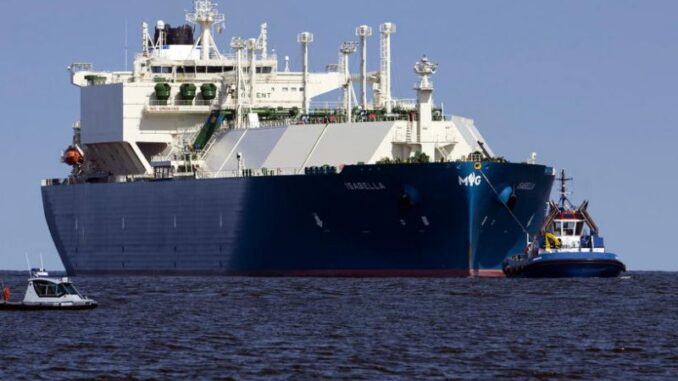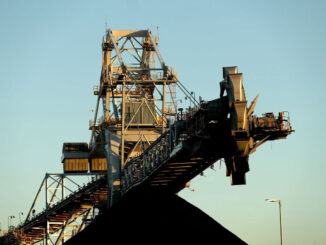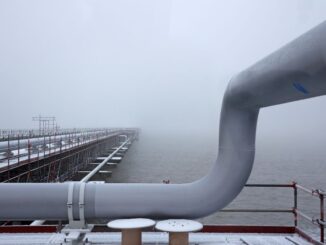
For the second straight winter, Europe’s energy strategy is based largely on hopes for mild weather and reduced industrial demand, with gas prices still hovering at about 50 euros ($53) per megawatt-hour, more than double the average in the decade before Vladimir Putin’s invasion of Ukraine.
But it’s not too soon to begin imagining — and planning for — a less desperate future: instead of a world of scarcity, one of abundant liquefied natural gas supplies provided by the US and Qatar.
For that, however, things must go as exactly as planned. And after two years of rolling crisis, the wording “as planned” carries a lot of weight. There’s hope, but, for at least the next year and a half, it’s just that: hope.
“Starting in 2025, an unprecedented surge in new LNG projects is set to tip the balance of markets and concerns about natural gas supply,” the International Energy Agency said this week, echoing a view that’s gaining traction in the market. “A wave of new LNG export projects is set to remodel gas markets.” Fatih Birol, the head of the agency, went even further: “The gas market will move into the direction of buyer’s market.”
Unlike gas pipelines, which physically connect buyers and sellers, LNG export terminals super-cool gas into a liquid form, before loading it onto massive ships. Each terminal takes years to build and costs several billion dollars. At the other end of the chain, an LNG regasification terminal is needed before the commodity is shipped via domestic pipeline to the final customer.
LNG is critical to balance the European gas market since buying Russian gas via pipeline, which before the invasion of Ukraine accounted for more than a third of the continent’s imports, is out of the question. Other pipelines, from the likes of Norway and Algeria, are already maxed out. Anders Opedal, the boss of Norway’s Equinor ASA, put it succinctly at a recent energy conference: Everyone is trying to boost production, but, ultimately, “Europe will depend on LNG supply.”
Five years ago, Europe needed just under 50 million tons a year of LNG supply to satisfy demand. Shell Plc, the world’s largest LNG trader, reckons Europe now needs nearly 100 million tons, and by 2030, about 140 million tons.
Since the Russian tanks rolled into Ukraine, European policymakers knew there was light at the end of the tunnel: a wave of LNG projects, earmarked to start pumping by the middle of the decade, would change the balance of supply and demand. To accommodate the surge in LNG imports, Germany rushed a series of regasification terminals, too, in the North Sea and the Baltic Sea. But during the winter of 2021-22, and 2022-23, the market was in survival mode, fighting for LNG cargos with little scope to think about a world of abundance that, at the time, seemed too far away. Moreover, policymakers knew that projects tend to be delayed and over budget. And, in some cases, there was no guarantee they would be built.
Today, not only is the light a lot closer, but it is, crucially, a lot more certain. The projects are going ahead. From 2025 onward, about 250 billion cubic meters of fresh LNG supply would come into the market. That’s a staggering number, equal to about 45% of today’s global LNG production.
Already, European companies have signed in recent weeks a string of long-term LNG deals with state-owned QatarEnergy. TotalEnergies SE, ENI SpA and Shell have agreed to buy 8 million tons of LNG per year in contracts into the 2050s. Earlier, American energy company ConocoPhillips signed another 2-million ton per year contract to supply Germany from Qatar.
For Qatar, it’s a massive sales triumph. The country has about 48 million tons of LNG supply coming on stream as it expands its biggest gas field. Thanks to the European contracts, plus several deals with China, Qatar has already pre-sold about 40% of its new volume. The sale success – and the length of the contracts – are testament to the world’s appetite to secure LNG.
It won’t be cheap, however. The LNG will likely change hands still well above pre-crisis gas price levels, and Europe is one or two winters away from it. So don’t ditch your scarves and sweaters yet.
Source: Bloomberg, Javier Blas



